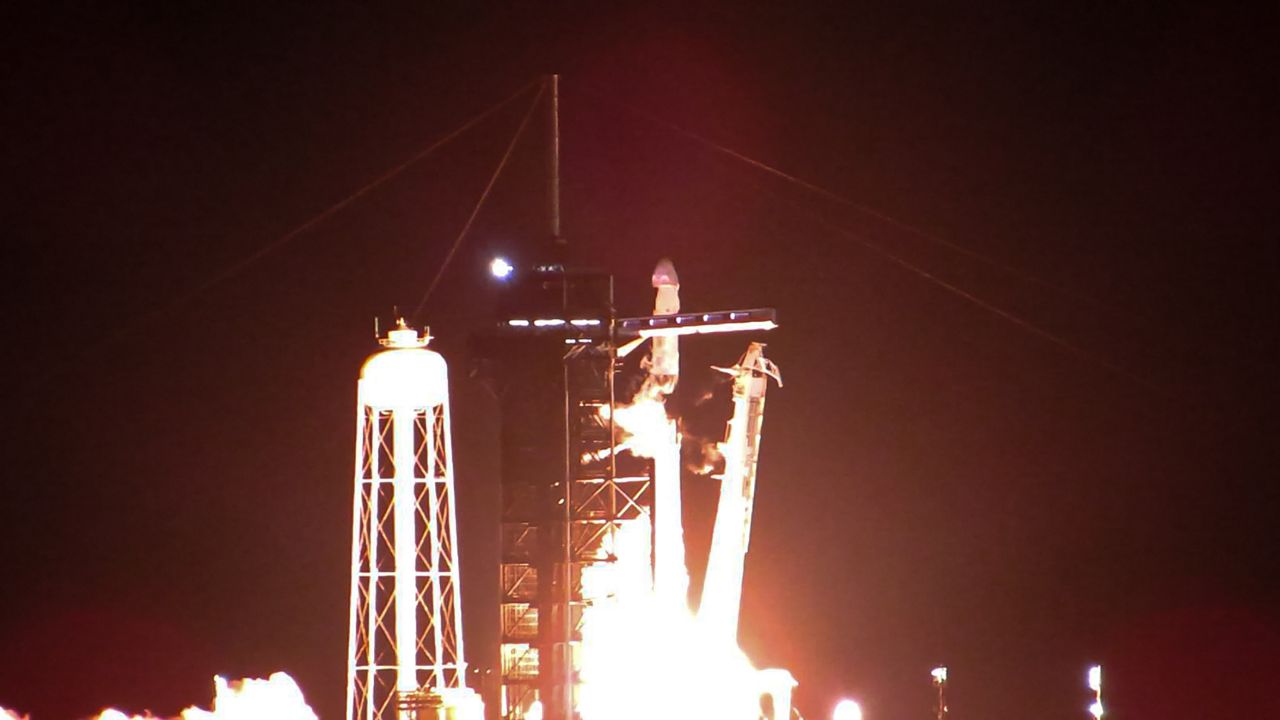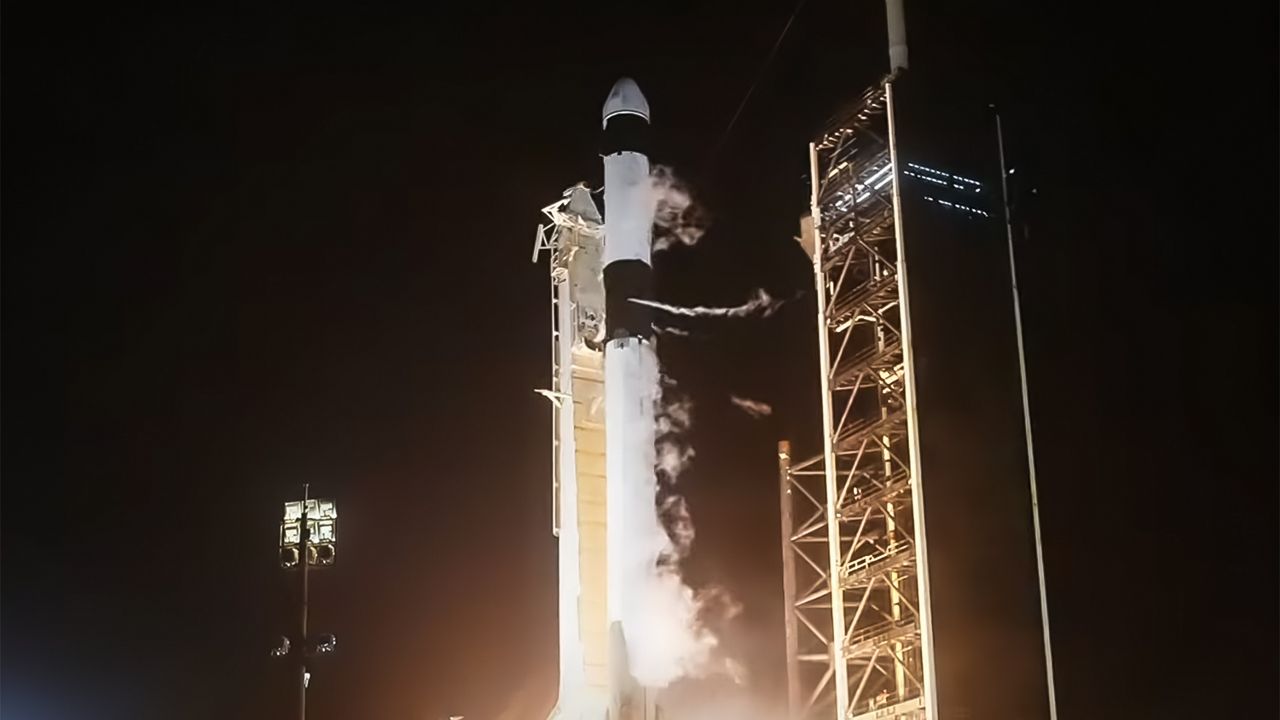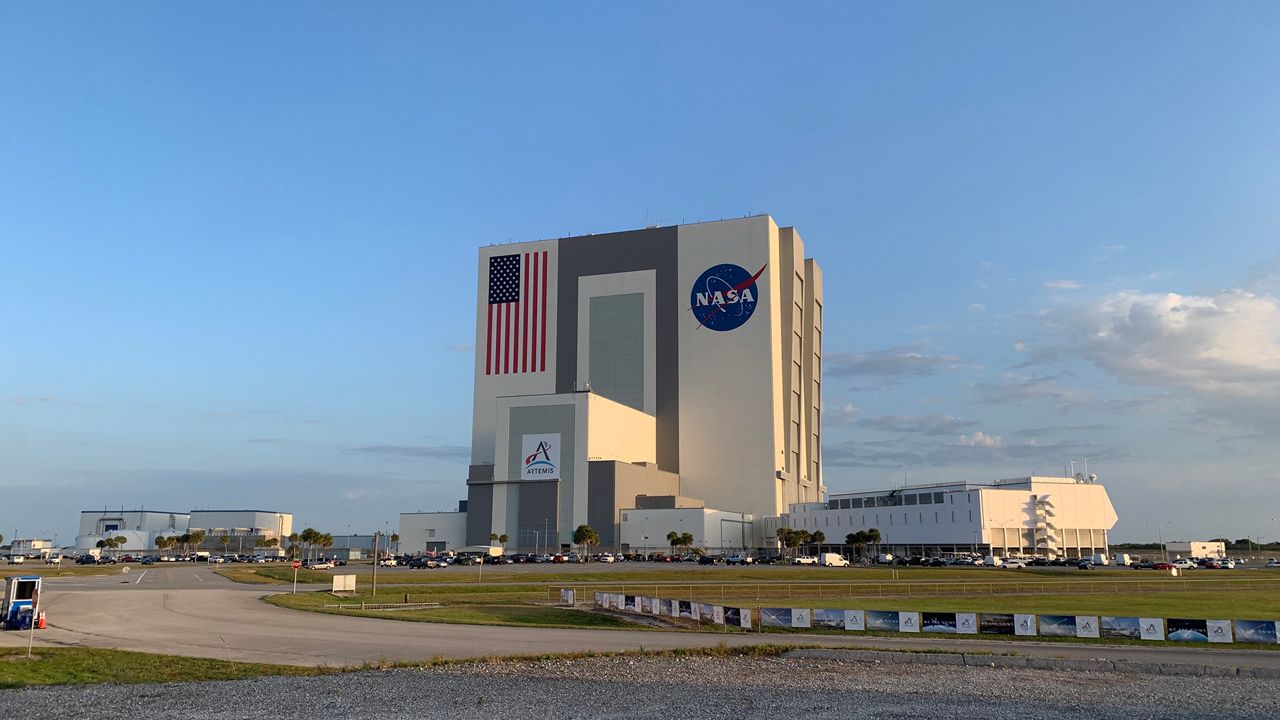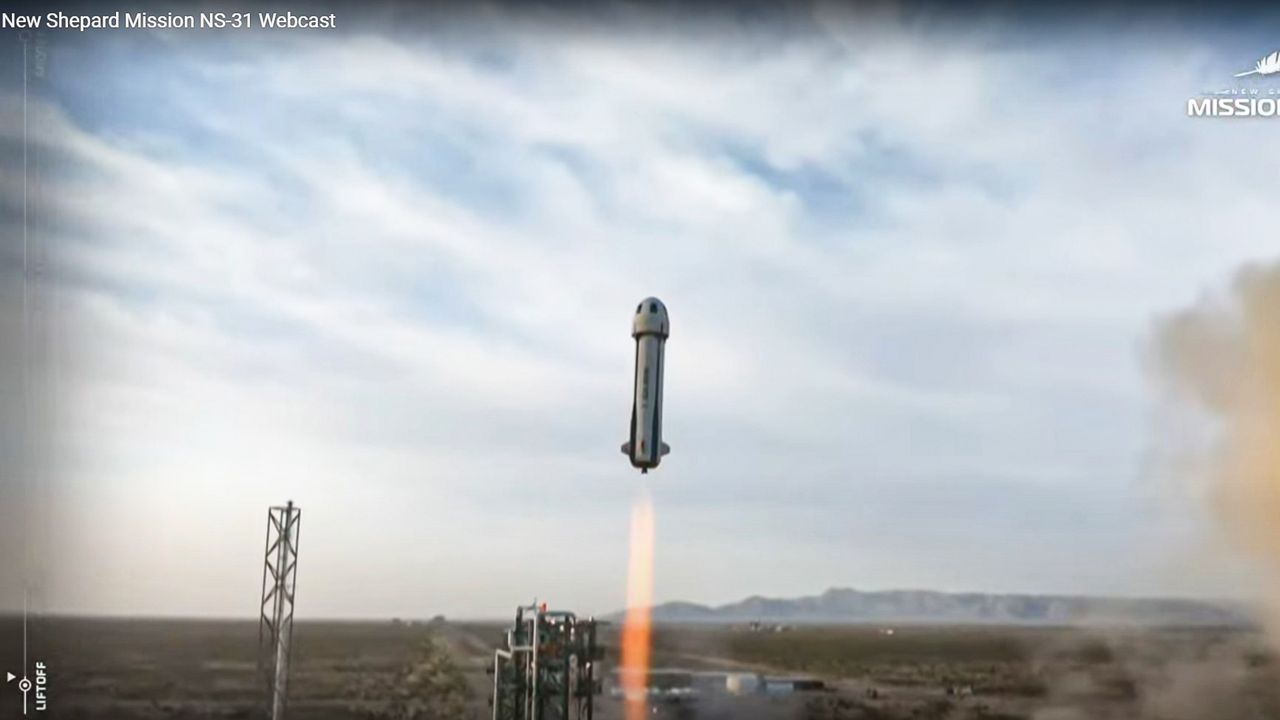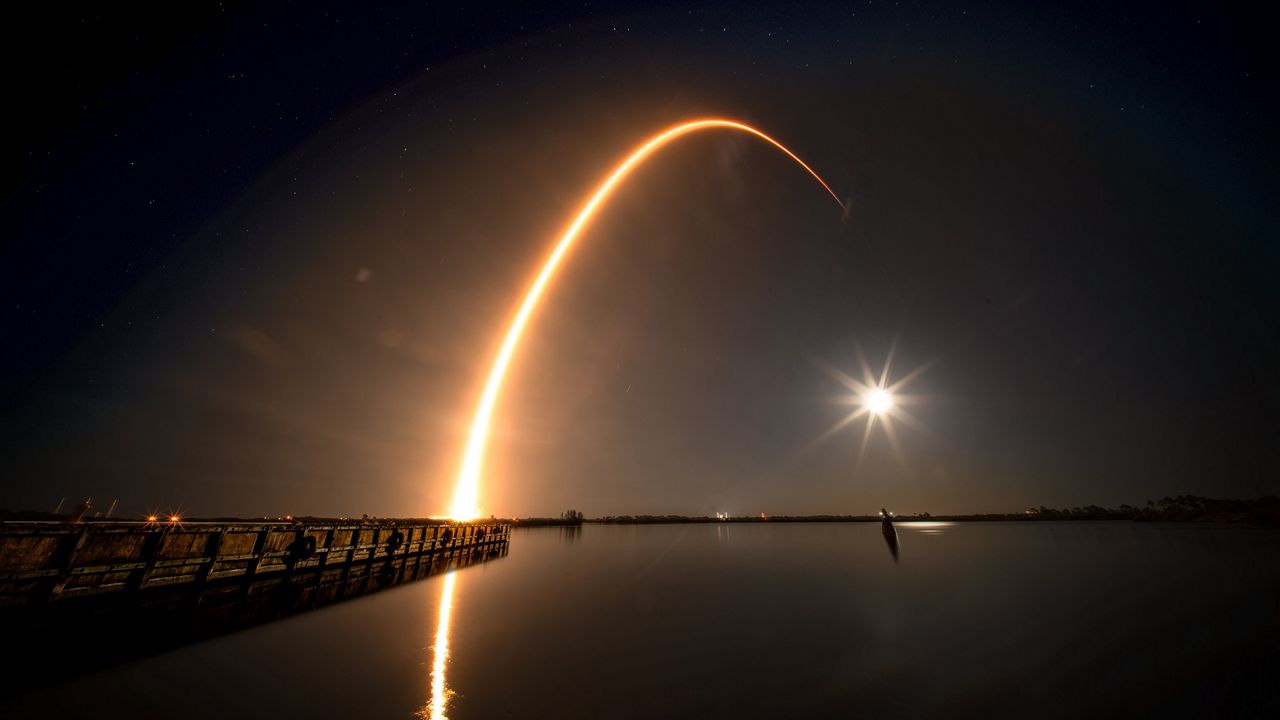KENNEDY SPACE CENTER — A scrubbed launch did not stop NASA and SpaceX from sending the four-member Crew-8 mission to the International Space Station on Sunday night.
What You Need To Know
- The launch happened on Sunday at 10:53 p.m. ET
- Crew-8 members will spend the next months conducting experiments
- Get more space coverage here ▶
- 🔻Scroll down to watch the launch🔻
Countdown to liftoff
Watch the launch and hear the sonic boom of the returning first-stage rocket.
🚀It was another good launch as both @NASA and @SpaceX sent up the #Crew8 mission tonight.
— 🚀Anthony Leone🌕 (@AnthonyLeone) March 4, 2024
Check out my video and article at @MyNews13 for more about the mission. https://t.co/AWShjm9PoW@gpallone13, @Jon_Shaban and @ZachCoveyTV provided great on-air coverage. pic.twitter.com/CHN5jp3O7L
Right as the instantaneous launch window opened at 10:53 p.m. ET, SpaceX’s Falcon 9 rocket launched NASA astronauts Cmdr. Matthew Dominick, pilot Michael Barratt, and mission specialists Jeanette Epps and Roscosmos cosmonaut Alexander Grebenkin from Launch Complex 39A at the Kennedy Space Center on Sunday, March 2.
The Falcon 9’s nine Merlin engines roared into the night as it brighten the dark sky like a small sun, creating multiple colors during stage separation between the rocket and the Dragon capsule.
Space lovers counted down to liftoff as the launch caused spectators to gap in wonder and car alarms to go off.
The next stop for this crew will be the International Space Station, with the targeted docking time at 3 a.m. ET, Tuesday, March 5, confirmed NASA.
There was a last minute surprise when a small crack was discovered on the Dragon capsule's hatch, but the launch team reviewed it and determined that it was OK to continue the launch.
SpaceX officials stated that the crack should re-seal during re-entry.
Going to the ISS
The Falcon’s first-stage booster, B1083, is brand new, meaning the Crew-8 mission is the first one for this little rocket.
For Florida, this was the 14th launch for the Sunshine State this year.
After the stage separation, the first-stage booster landed at Landing Zone 1, that sent a cracking sonic boom that was heard for miles around.
Liftoff of #Crew8 as they embark on their journey to the #ISS to carry out more than 200 science missions during their six-month stay. pic.twitter.com/CHWhfbHwO3
— Jon Shaban 🏪📺🎥🎤 (@Jon_Shaban) March 4, 2024
Space
X Nebula
— Jon Shaban 🏪📺🎥🎤 (@Jon_Shaban) March 4, 2024
The exhaust from the engines lighting on the second stage and reignition of the engines on the first stage can be seen during this part of the flight.
Top is the first stage during the Falcon 9 boost back burn to LZ1. Bottom is Crew 8 as they continue into space. pic.twitter.com/Z3GostphTA
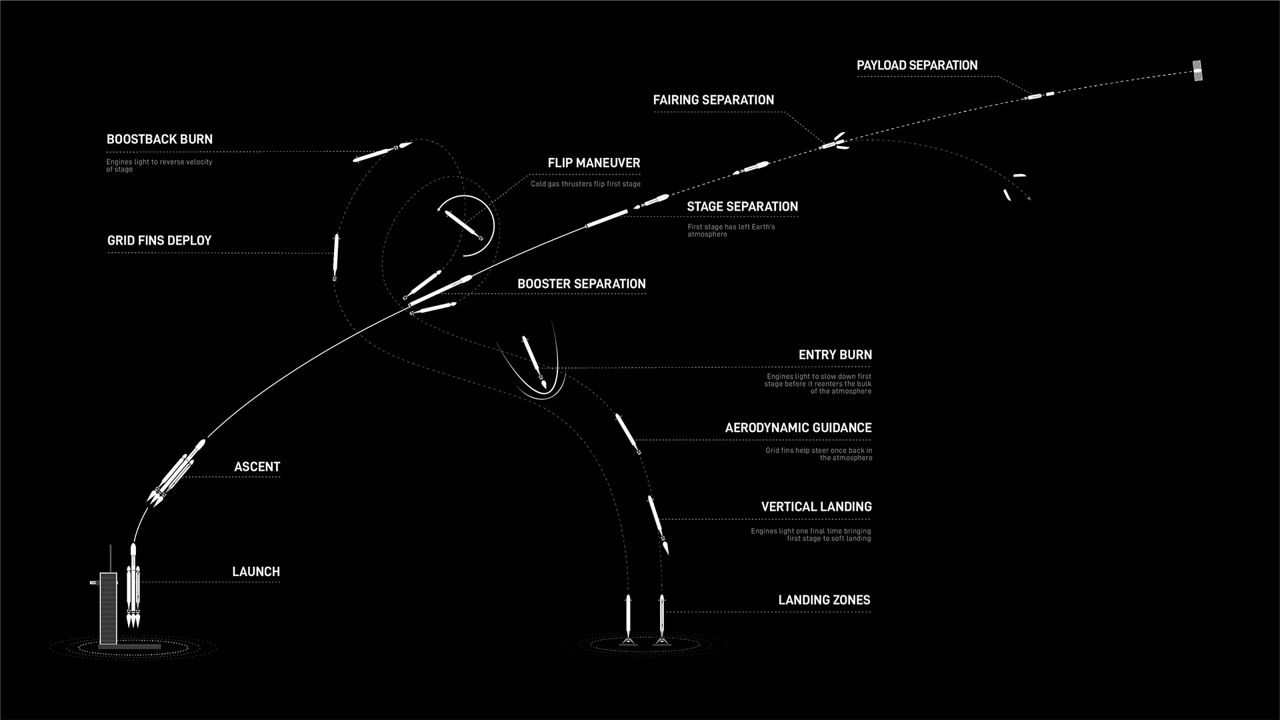
Not counting this mission, the Dragon capsule named Endeavour has a few missions under its belt. The 26.7-foot-tall (8.1 meters) space taxis that will send the four crewmembers has successfully carried out the following missions.
“Lifting off from Launch Pad 39A on a Falcon 9 rocket, Dragon will accelerate to approximately 17,500 mph, to dock with the space station,” NASA stated.
Those are some fast speeds. Learn how NASA astronauts train to deal with them.
For the Dragon to move that fast, it is all thanks to the 229.6-foot-tall (69.9 meters) Falcon 9 rocket and its nine Merlin engines. Because of those engines, the rocket can lift a payload of 50,265 pounds and send it to low-Earth orbit, which is where the ISS is.
The Endeavour will dock autonomously with the ISS’s Harmony module, but the crew can take the controls and pilot it themselves, if needed.
Attempting to launch
It was set to go up at 11:16 p.m. ET, Saturday, but NASA officials said that they were scrubbing the mission due to unfavorable weather. The forecast was a bit iffy, with a 40% chance of good liftoff conditions, according to the 45th Weather Squadron. The main concerns were the flight through precipitation, thick cloud layer and the cumulus cloud rules.
This is not the first time Mother Nature has put a hold on this launch. Originally, it was going to be sent up at 12:04 a.m. ET, Friday, but NASA stated that weather conditions were not ideal.
The squadron gave a 75% chance of good launch weather for Sunday's flight, with the only concerns being the flight through precipitation and cumulus cloud rule. But later during the night, NASA updated that to 90%.
If it did not go up on Sunday, the next attempt would have been Monday, March 4, at 10:31 p.m. ET.
About the mission
While NASA says that the crew members will spend several months onboard the ISS, usually it is about six months if we look at past crewed missions.
And they will not be alone. They will belong to the ISS’s Expedition 69 and 70. An expedition means the current crew in the International Space Station.
Before the Crew-8 joins them, there are currently seven crew members on the floating laboratory. They recently had guests from the Ax-3 mission.
The Crew-8 will conduct more than 200 experiments and demonstrate technology.
“Experiments include using stem cells to create organoid models to study degenerative diseases, studying the effects of microgravity and UV radiation on plants at a cellular level, and testing whether wearing pressure cuffs on the legs could prevent fluid shifts and reduce health problems in astronauts,” NASA explained.
Patrick O'Neil, the public relations officer for the ISS National Lab, explained to Spectrum News about some of the work that is done on the ISS.
Patrick O’Neil, the public relations officer for the #ISS National Lab, told me about some of the benefits of the experiments and work that is done on the #InternationalSpaceStation.
— 🚀Anthony Leone🌕 (@AnthonyLeone) March 4, 2024
Find out more about the #Crew8 mission at @MyNews13: https://t.co/AWShjm9PoW pic.twitter.com/UT3gHeUkes




